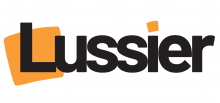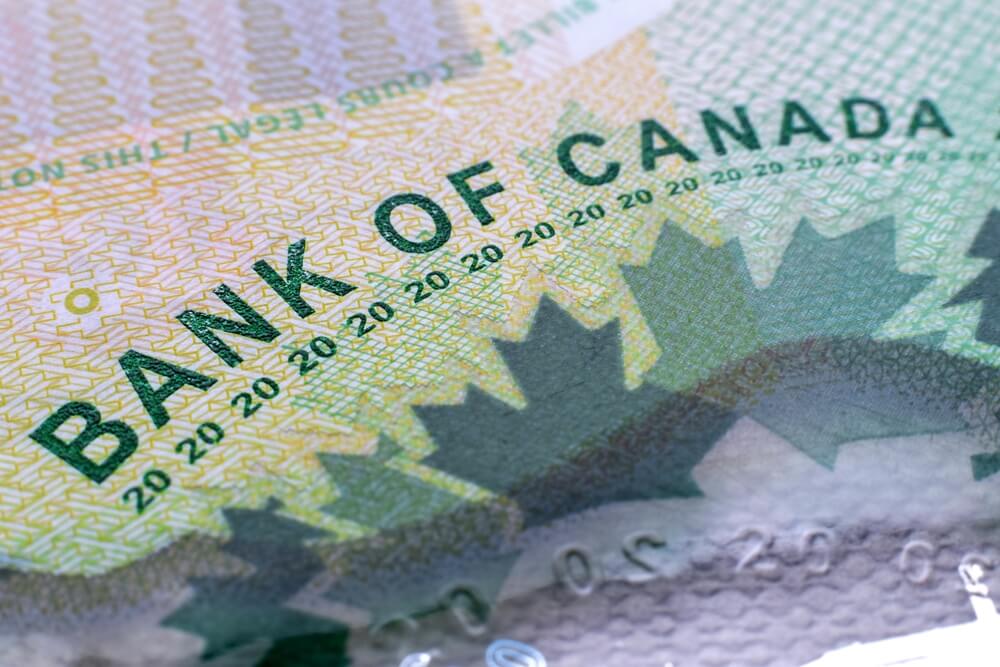Canadian Home Insurance Calculator
Easily estimate your Canadian home insurance within minutes
How is home insurance calculated in Canada?
There are a number of things insurance providers look at to calculate home insurance. Your provider will consider:
- Claims history: A history of claims or living in an area with high claims counts is a factor that can increase your home insurance rates.
- Age and location of home: Homes that aren't up to code or are located in a high-crime neighbourhood can be more expensive to insure.
- How much coverage you want: We all have different insurance needs. Although not mandatory in Canada, home insurance is necessary to protect your assets. Some people opt for extra coverage beyond the basic packages.
- Your wiring and plumbing: Old wiring and plumbing can cause significant damage and could increase claims while you are living in that house.
- Your proximity to a fire hydrant: Living near a fire hydrant or fire station can help mitigate damage should a fire break out. Insurance companies take note of that and could offer a discount based on your proximity to these damage-control methods.
- Your heating system: Insurance companies like radiators as they only rely on water as opposed to fire-starting materials such as gas and oil. Wood stoves, when not maintained, could cause carbon monoxide poisoning or fires.
- Square footage of your home: Larger homes can cost more to repair if damage occurs. They also typically hold more items that may need replacing.
Recent Canadian home insurance quotes

Recent home Insurance Quote from Burlington, ON
Townhouse 1,589 sq ft
July 18, 2025
Cheapest Quote
$ 97 / month
$ 1,167 / yearAverage Quote
$ 225 / month
$ 2,696 / yearSavings
$ 127 / month
$ 1,524 / year
57 %
Recent home Insurance Quote from Embrun, ON
Detached 2,203 sq ft
July 18, 2025
Cheapest Quote
$ 160 / month
$ 1,916 / yearAverage Quote
$ 236 / month
$ 2,833 / yearSavings
$ 76 / month
$ 912 / year
32 %
Recent home Insurance Quote from Orléans, ON
Detached 3,365 sq ft
July 18, 2025
Cheapest Quote
$ 144 / month
$ 1,723 / yearAverage Quote
$ 212 / month
$ 2,543 / yearSavings
$ 68 / month
$ 816 / year
32 %
How to use RATESDOTCA's home insurance calculator
Getting the best estimates for your Canadian home insurance starts with comparison shopping.
Tell us about your home
Answer a few basic questions about your home.
Compare your quotes
See quotes from top insurance companies side by side.
Choose the right coverage
Find the right protection for your home and everything in it.
Secure your rate
Connect with the provider and secure your rate.
What people say about our quotes

Based on 6,450 reviews

Fast efficient and fair
Quick quotes. Great rates. Easy to process
Trinity

Comparing Travel Insurance …
This was the only site I could find that allowed me to compare different travel insurance options. I particularly liked the ability to look at sample documents.
Toronto

Amazing
Very helpful and easy to use
Safe travels

Easy quick selection of rates
Easy quick selection of rates
J K

Great help in finding the best rate!
Great help in finding the best rate! Thanks a lot!
Ruthielyn opina

I like how I can quickly I can select…
I like how I can quickly I can select travel insurance. The web site had an issue earlier but seemed to correct itself.
Dennis
Choosing the right home insurance coverage in Canada
Choosing the right home insurance coverage is different for everyone. Where we buy a home and what we fill it with varies from person to person. However, there are ways to keep costs down that work across the board.
- Comparison shop using sites like RATESDOTCA to find the cheapest insurance rates from multiple Canadian providers.
- Bundle your home with other insurance products, auto insurance being the most common accompaniment. Your provider appreciates your business and will reward you with a discount for trusting your insurance needs with them.
- Try to avoid claims. The fewer the claims you make, the less risky you're considered, and the lower your rates can be.
- A good security system will deter vandals and thieves from breaking into your home. It also helps reduce any risk of claims.
- A well-maintained home will have fewer issues. The probability you'll need to make a claim is lower if you keep your home in a state of good repair.
- Take out a higher deductible. You share some of the risk with your home insurance provider, and they'll reduce your rate in exchange for that.
There are different forms of insurance you can take in Canada. Knowing what coverage will benefit you most can vary based on personal and geographic influences.
Basic or named perils insurance
This covers you for the losses (house, contents, and liability) that are specifically listed in your home insurance policy. It is the cheapest policy to get, but could cost you more if you pay out-of-pocket for losses not mentioned in your policy.
Within basic insurance, both your property and liability are covered.
- Property coverage: Protection against the structure of your home from perils caused by fire and burglary, for example.
- Liability coverage: Protects you from lawsuits that occur because of something happening on your property. For example, if someone at your home slips or hurts themselves on a broken step, liability coverage might help pay medical or physical therapy expenses. If you cause damage to another person's property, you are covered under liability insurance. It also protects you from unintentional damage caused by a child in your care.
Broad home insurance
This type of insurance, which is more expensive than a basic plan, covers physical structures such as your home, shed or garage. Contents are only protected against named perils in your policy.
Comprehensive home insurance
This insurance is the most expensive as it covers the most. Unless otherwise specified, it provides all-risk coverage to your home, any detached structures, such as a garage or shed, and its contents (such as your appliances, clothing, electronics, and jewelry).
Additional living expenses
If you are forced to leave or evacuate your home because of damage that needs to be repaired or the authorities have deemed your area unlivable due to weather-related events, your home policy offers coverage in the form of "additional living expenses." Your home insurance policy will reimburse you for the additional living expenses while living away from home.
Optional home insurance coverage and endorsements
Some homeowners may need more than the above insurance coverages. If that's you, you can broaden the scope of your policy with "endorsements" or "amendments," which are added to your existing policy. One of the most common optional home insurance coverages is flood protection. Flooding is common in Canada as snow melts in the spring, and many lakes and rivers affecting residential neighbourhoods swell. Home insurance providers often look at flooding in a variety of ways.
To get the maximum coverage, you'll need to add:
- Overland water: This coverage protects your home against water that enters the home through a home's foundation. Damage caused by flooding rivers, lakes or other bodies of water (from heavy rain or snow melting) is also protected with overland water insurance.
- Sewer back-up: If a main sewer artery backs up into your home, this covers you.
Each home insurance company has different policies and wording related to coverage. Speak to your provider or broker about your specific needs and which policy is best suited for you.










